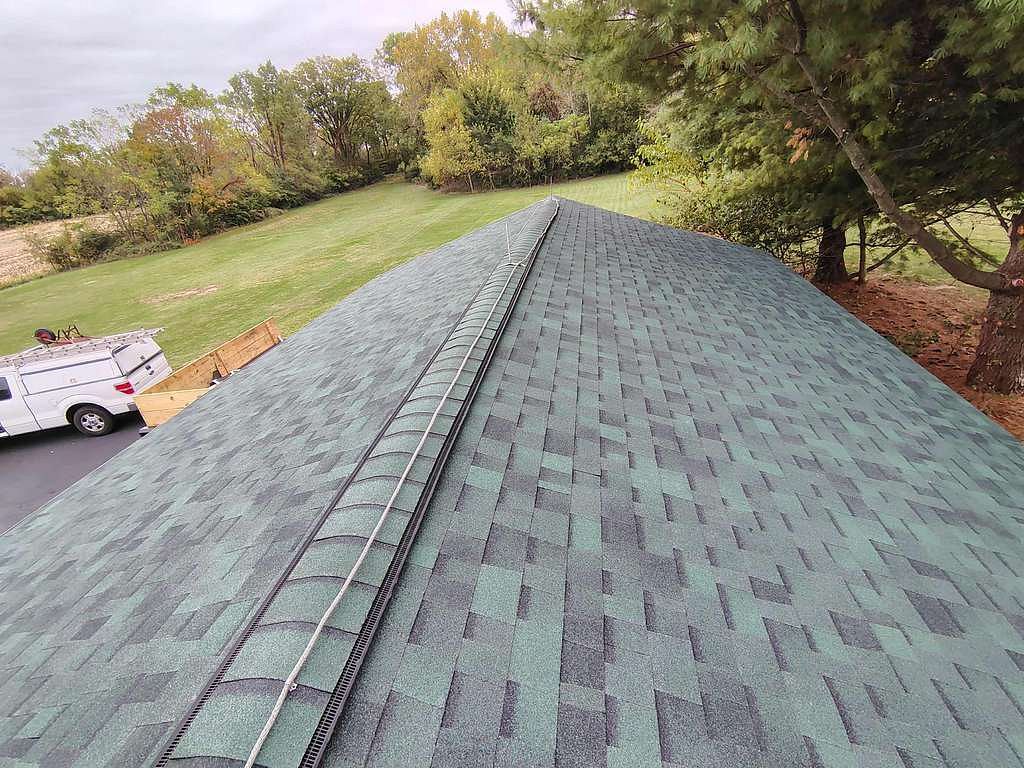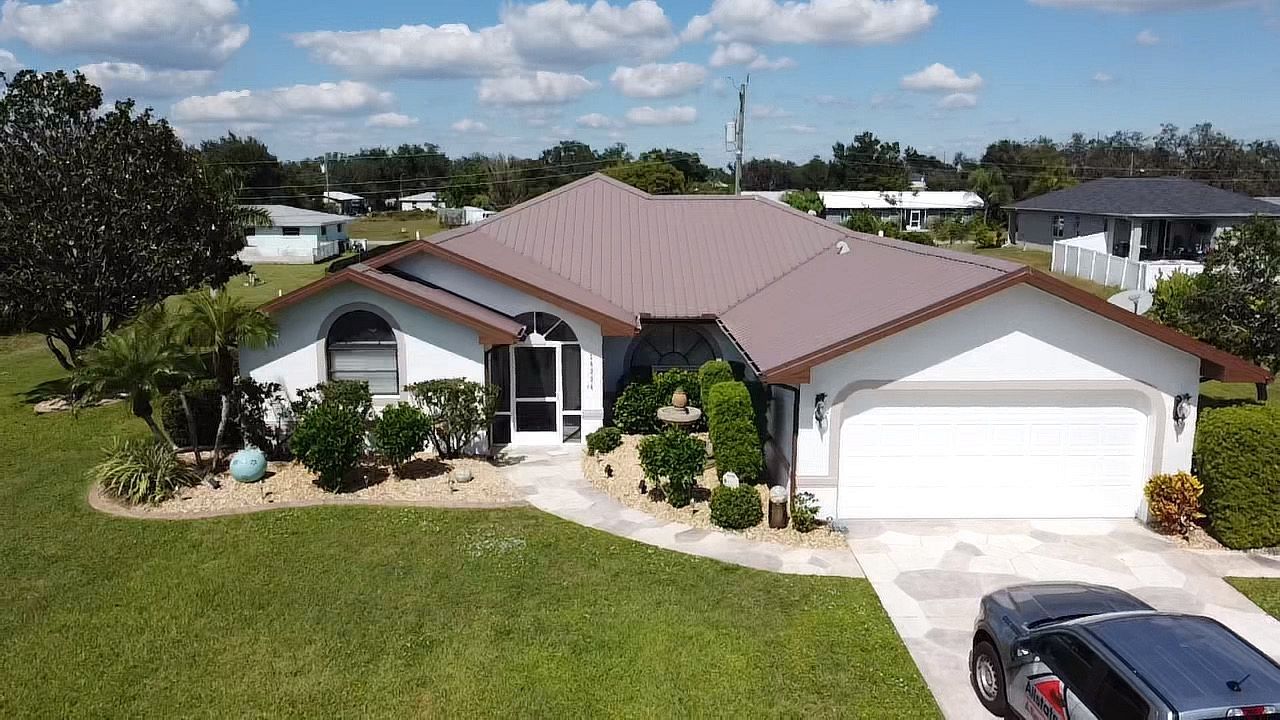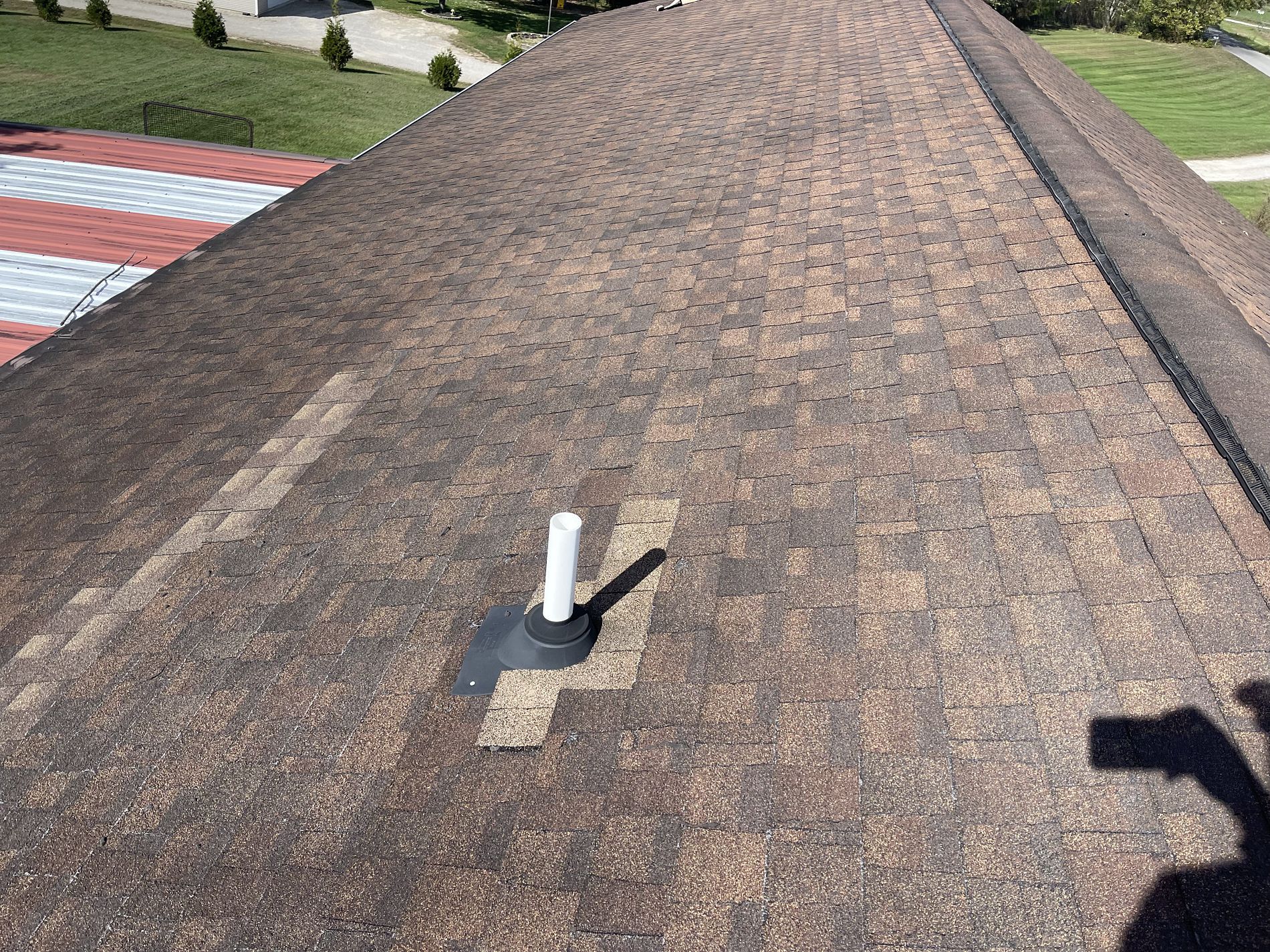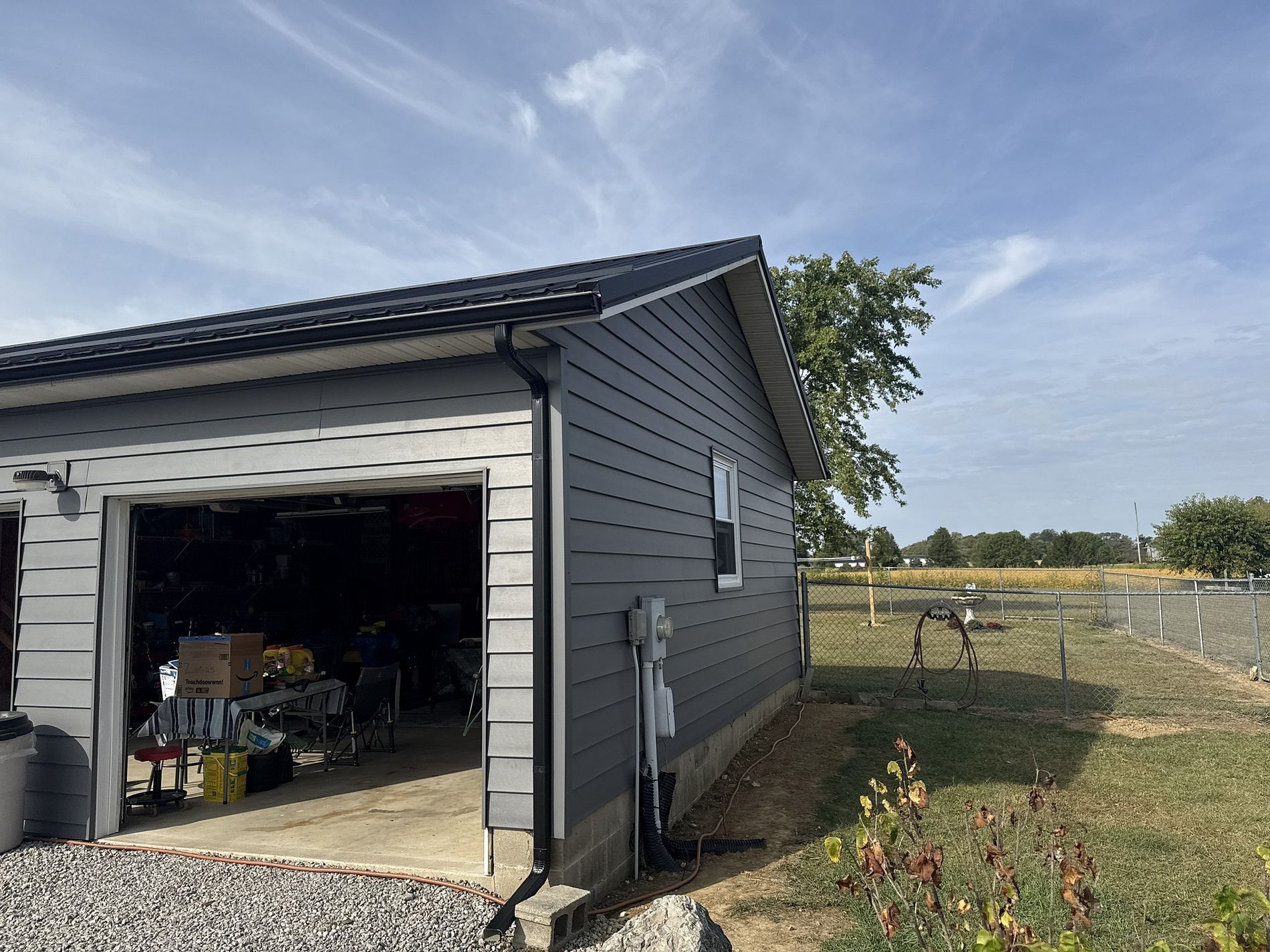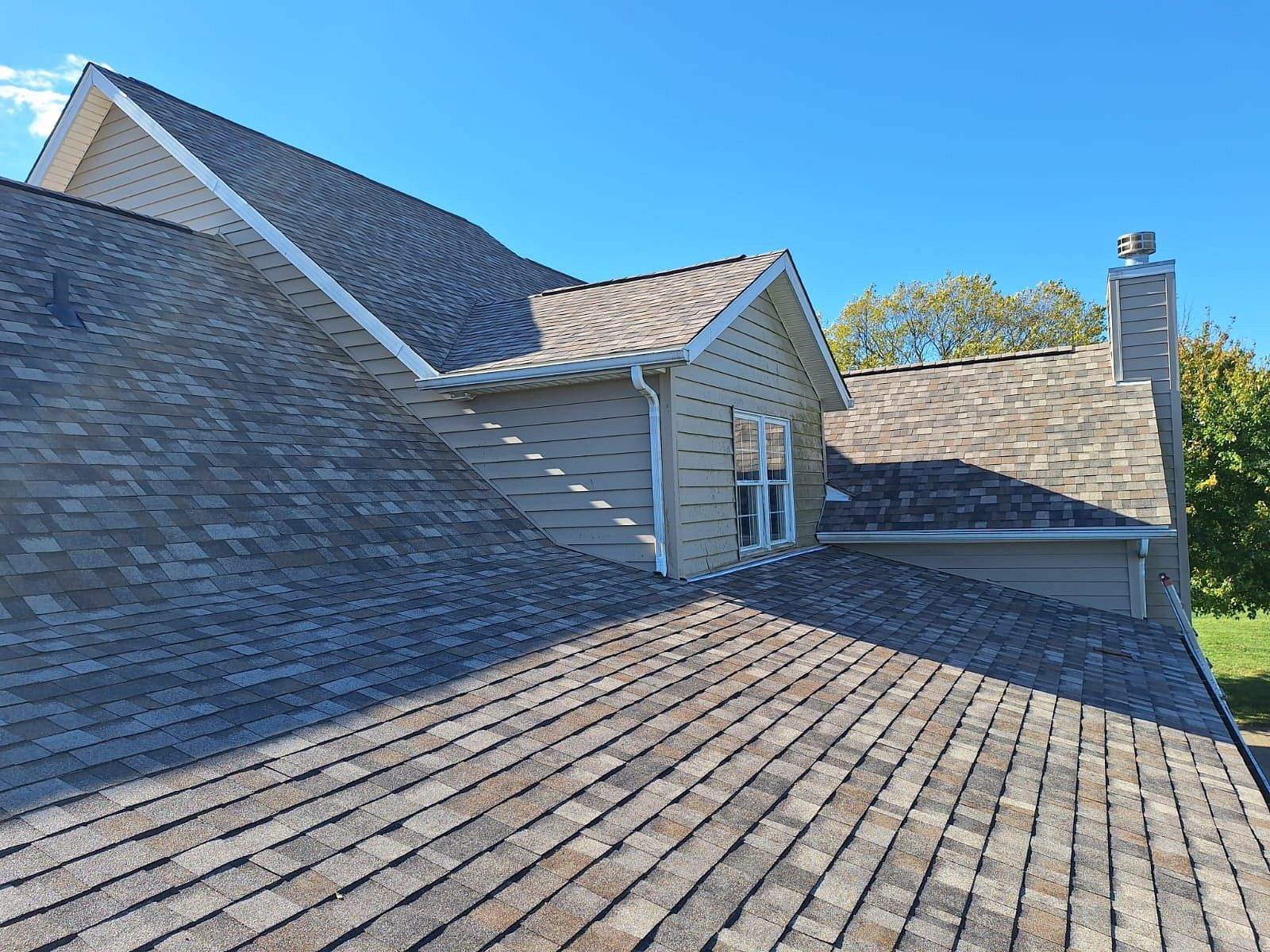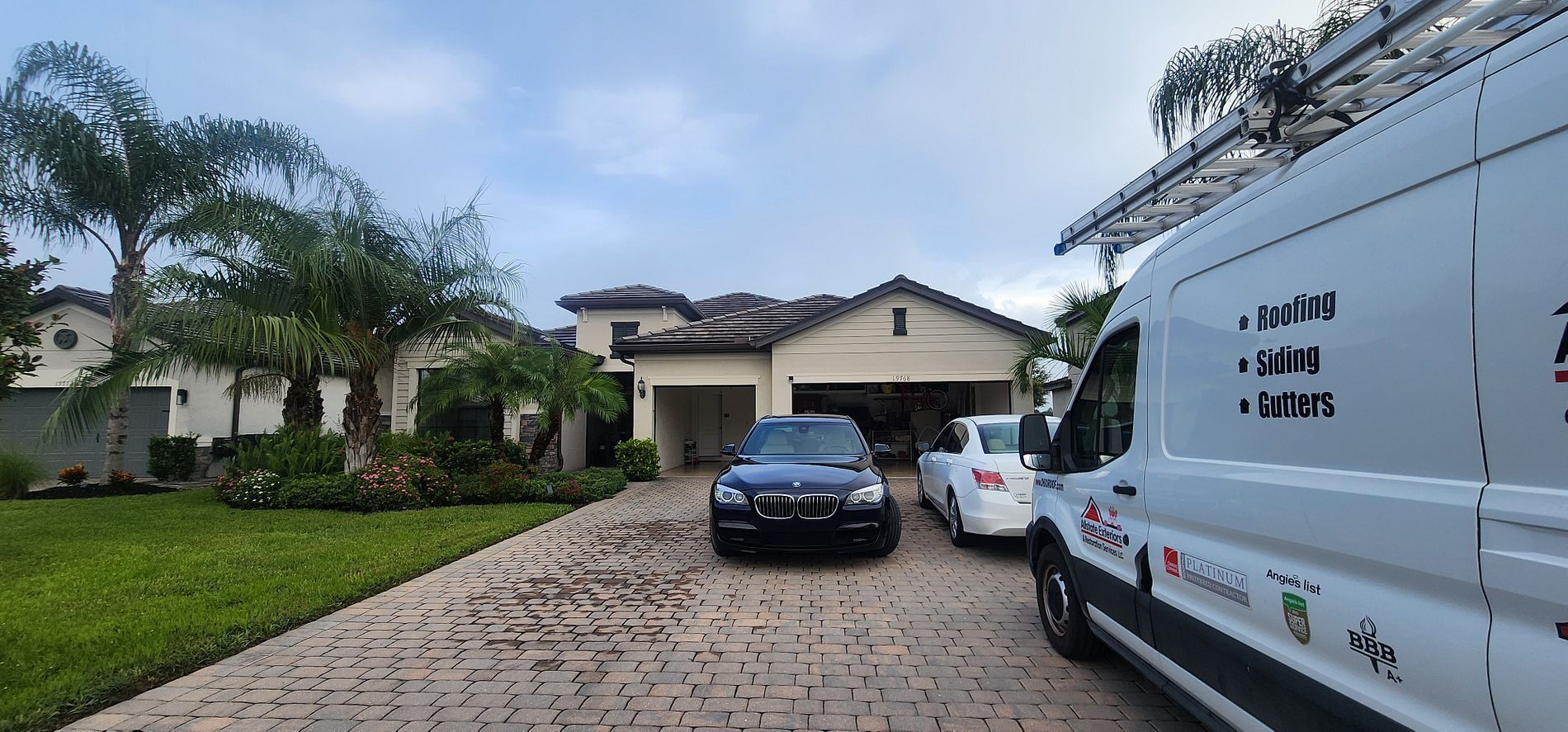Can A Clogged Gutter Really Cause My Roof Leak?
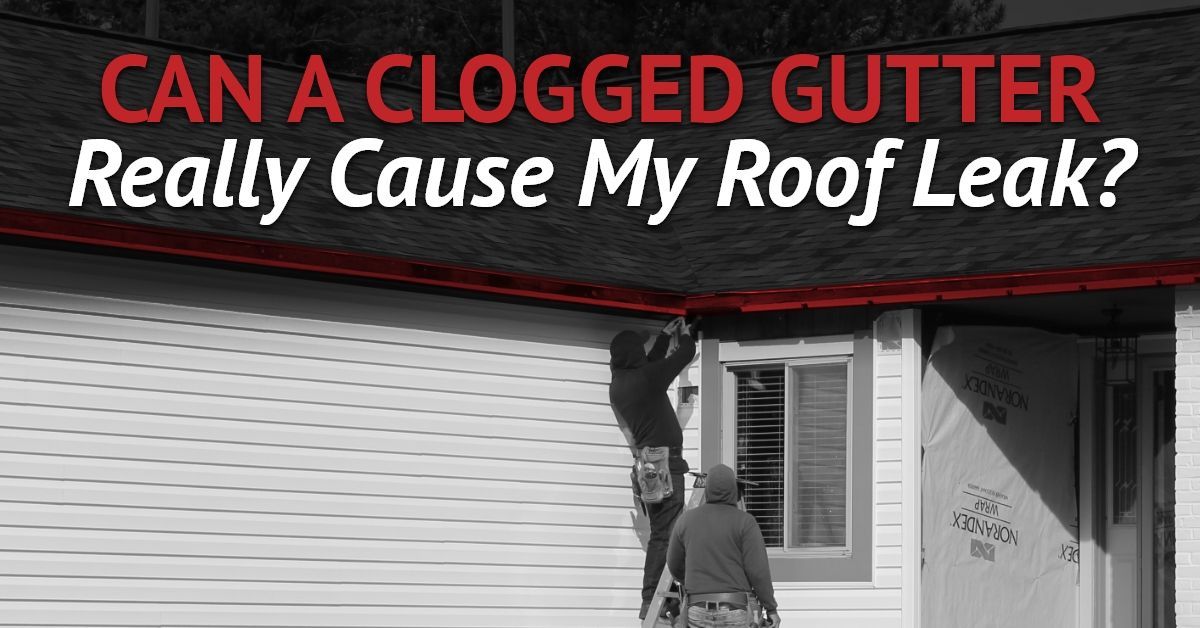
How is the health of your fascia? Like most homeowners, you are probably unaware that the horizontal, decorative boards covering the ends of your rafters are fascia boards. But those fascia boards can tell the tale of clogged gutters and roof leaks.
Gutters and Fascia Boards
Your home’s gutters attach to your house with brackets, gutter spikes, or gutter screws driven into your home’s fascia boards. Fascia trim is usually painted to match the rest of your exterior molding, providing a colorful, horizontal accent at your roof’s lower edge. Fascia boards do more than that, though. Sure, they look good and anchor your gutters, but they also cap the ends of your roof’s rafters and help form your home’s soffits and eaves.
How can these remarkable, often unappreciated bits of molding cause roof leaks? Like this:
- If gutters clog, they overflow
- Overflowing gutters saturate the fascia boards behind them
- Soggy, waterlogged fascia boards rot
- Rotten boards allow water to enter your attic and roof
- Your roof leaks
This is not an overnight process. A clogged gutter may not result in roof leaks for many months. But nothing will reverse the process. No part of your home is self-healing. So:
- Clogged gutters must be cleaned out
- Rotten fascia boards must be removed and replaced
Ohio Homeowners
Our Florida friends may not have to worry about ice dams, but Ohio homeowners certainly do. Clogged gutters can cause ice dams to form in winter. Ice dams occur during freeze-and-thaw cycles and often lead to roof leaks far up away from your roof edge. Then your roof leaks may appear anywhere on your roof.
Sorry, Florida
Before our Florida homeowners hurt themselves patting each other on the back, clogged gutters in the Sunshine state spell problems, too:
- Saturated, weakened foundations
- Insect invasion and damage
- Sagging, loose, or leaking gutters
Solutions
Get in touch with your local, reliable gutter service to prevent clogged gutters from degrading your home, whether in Ohio or Florida. Gleaming new, seamless gutters capped with gutter guards can help prevent clogs. Regular gutter inspections can help prevent fascia boards from rotting and ruining your roof.
Allstate Exteriors & Restoration, with service centers in central Ohio and Cape Coral, Florida, provides complete exterior home services to our clients. Contact us today, and we can help you identify problems with your fascia boards, gutters, and other areas you might not notice. One visit can provide years of peace of mind!
